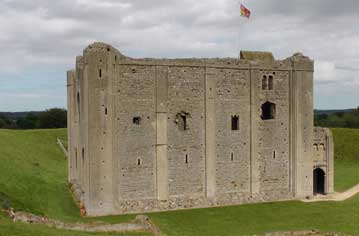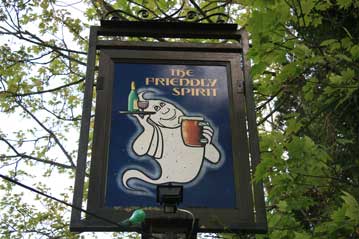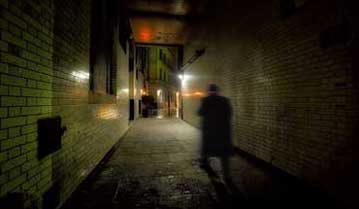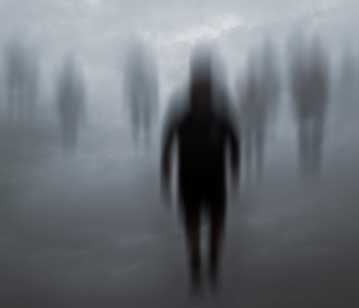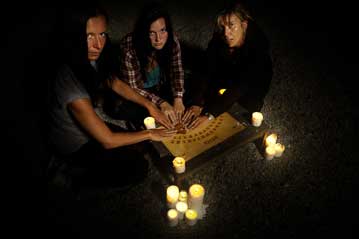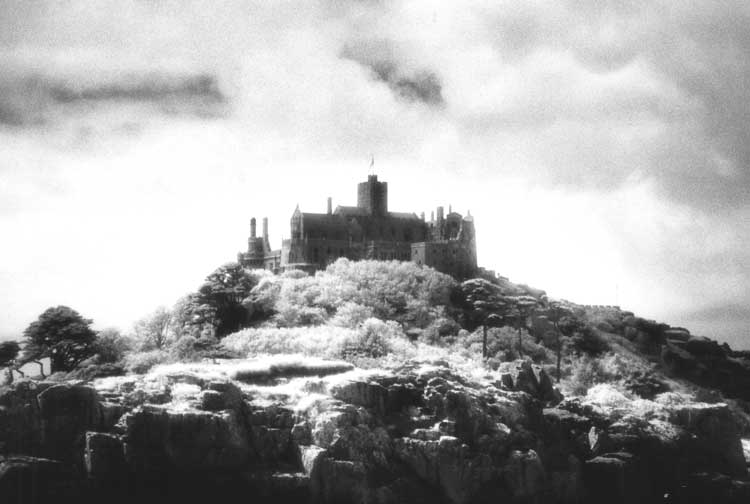
From The Celts To The Christians
The Myths and Legends of Britain and Ireland stretch back over 2,000 years and provide glimpses of the many different cultures and races to which the British Isles have been home.
But how was it that a tiny group of islands (the British Isles) acquired such a rich diversity of Myths and Legends?
For the answer to this question we must travel back to the year 225BC when, at the battle of Cape Telaman on the Italian seacoast, the Legions of the Roman Empire inflicted a crushing defeat upon an army assembled by a group of peoples that history has chosen to remember collectively as "The Celts."
Those Celts who survived the decimation faced stark choices. Some attempted to negotiate a settlement with their Roman oppressors. Others fled east, settling in Asia Minor where they established their state of Galatia.
The majority headed west, and large numbers of them arrived in a mysterious place that the Romans had named the Pretanic, or Tin Islands.
It was the area that would eventually become Britain, and those early Celtic settlers assimilated the beliefs and culture of the aborigines into their own poems, stories and folktales, which they duly adapted to their new habitat.
Thus was born a tradition of the creation and adaptation of Myths and Legends, which due to the islands turbulent history, has been consistently added to and revised ever since.
Each new invader and settler - be they Roman, Saxon, Angle, Jute, Dane or Viking - would mix their own beliefs and traditions with those of previous cultures and create new Myths and Legends or else expand on older ones.
Christianity's Impact
One invader, however, was to have a far more lasting impact on Britain and Ireland's folklore than all the others put together and, furthermore, this invader arrived armed with a book rather than a sword.
The arrival of Christianity had a profound effect of the beliefs and the myths and legends of previous cultures.
The exponents of Christianity realised that, if their message was to be accepted by the natives, then it must absorb rather than annihilate cherished beliefs and customs.
Wells and springs, which the Celts had held sacred for thousands of years, became "holy wells," and Christian saints replaced the "pagan" gods, believed to dwell beneath and beyond their waters.
Whatever wonders, were said to have occurred around them, were eclipsed by the miraculous actions of these saints.
Celtic feasts became "holy" or "saints" days, and Christian churches suddenly began flourishing on sites that the Celts had held sacred since time immemorial.
Again, in order to demonstrate the superior power of the new God, these foundations were often imbued with fantastical and supernatural origins.
Meanwhile, the heroes of native myths and legends either metamorphosed into Christian saints, or else found themselves demonised.
But, more importantly, Christian monks did something that the Celts had never done.
They wrote all this down, and so their literary tradition, although absorbing elements of pagan myths and legends, was given a bias and interpretation that ultimately eclipsed the Celtic oral tradition.
The old Sagas Survived In Ireland
Only in Ireland, which was Christianised much earlier than Britain, and where the ancient Celtic sagas were seen as entertainment rather than religious, were the Gaelic myth, legend cycles and storytelling traditions allowed to survive in a relatively unadulterated form.
Over the centuries that followed, this oral tradition would continue to evolve as it absorbed influences from successive waves of invader - Angles, Saxons, Vikings Danes and Norman’s.
The Arrival Of Printing
Then, in the 15th century, the advance of printing both revolutionised and, ultimately, stunted the growth of the stoytellers art and supply of myths and legends.
Up until then a saga or tale may have been recorded in manuscript form somewhere, but it was minstrels, bards and storytellers who would take these myths and legends to a wider audience.
They, of course, would add their own particular slant to the narrative, and localise it to include places and characters with which their listeners could emphasise.
Printers, on the other hand, would gather together the many different facets of particular myths and legends and piece them together into one narrative.
From The Spoken To The Written
Over a period of several hundred years, the art of storytelling moved from the spoken to the written word as authors, historians, poets and playwrights began condensing a wide variety of, often contradictory, traditions into one definitive version of a particular myth or legend.
In the process, a distinction became apparent between myths and legends.
Myths became a record of events that were supposed to have happened in the distant, almost ethereal past, whilst legends began to focus on one particular figure or location.
And so it has continued down the centuries.
By the 18th and 19th centuries most of the well-known myths and legends - such as those of King Arthur, Robin Hood and Lady Godiva - had arrived at the form in which they would be handed down to us.
The likes of Sir Walter Scott might tamper with them slightly, but the basic characters and narrative have remained, more or less, static.
New Myths and Legends
Meanwhile, new legendary figures - such as Dick Turpin and Jack the Ripper - have entered the national consciousness and evolved in much the same way as their predecessors did - that is by absorbing other traditions and using spurious facts to form cohesive narrative and arrive at a definitive version.
Likewise, ghost stories - thanks to the endeavours of the likes of Charles Dickens and M. R. James have also become part of the mythical and legendary landscape of Britain and Ireland.
Some haunted locations have become the subject of numerous urban legends that are retold in hushed tones to chill and thrill audiences young and old, whilst other locations have become almost mythical in status.
Difference Between A Myth And A Legend
Although myths and legends are often interchangeable, with no distinction being made between them, a close study of them reveals that, for an audience at least, there is, and has to be a distinction.
But what is the difference between them?
In closing I can only say that, in my onion, the secret of a good myth is that it must make you suspend belief, whilst the secret of a good legend is that it must make you believe in it.


